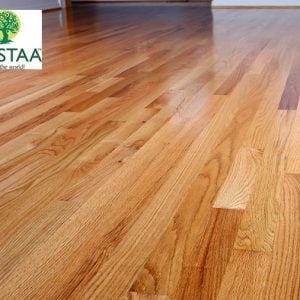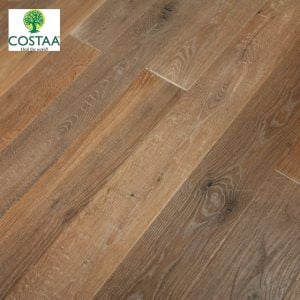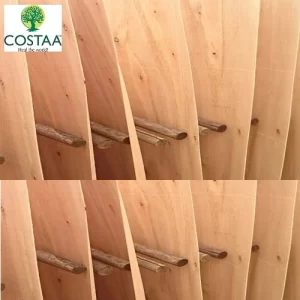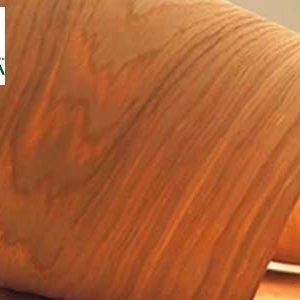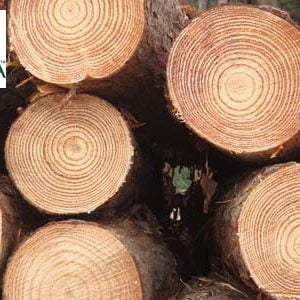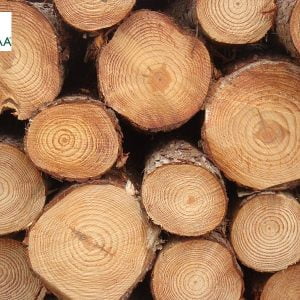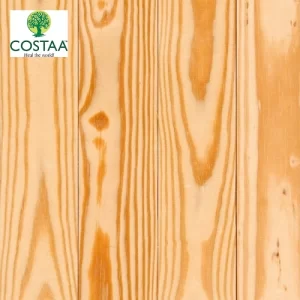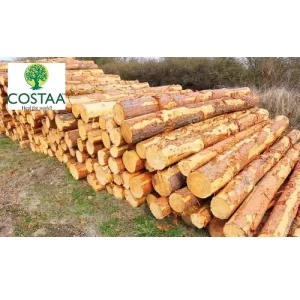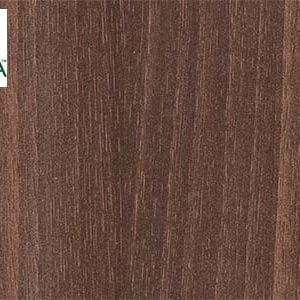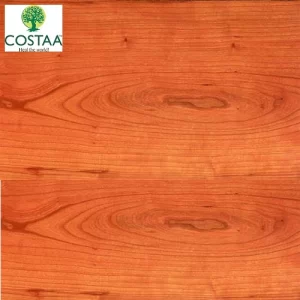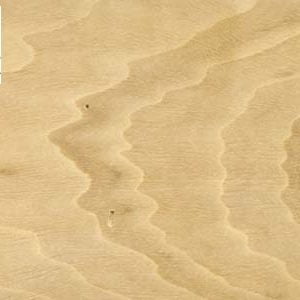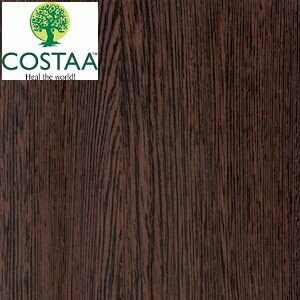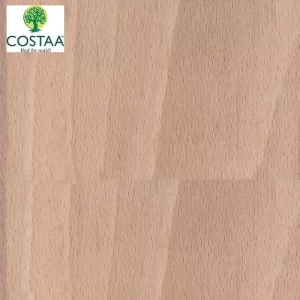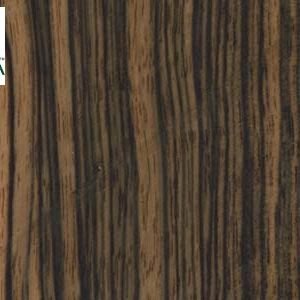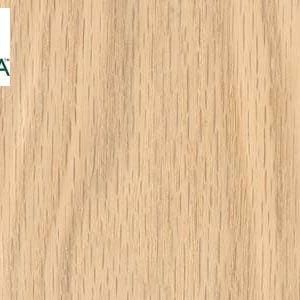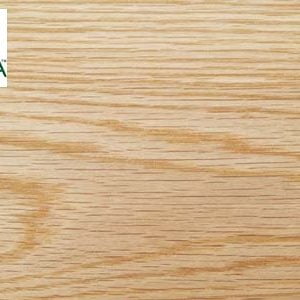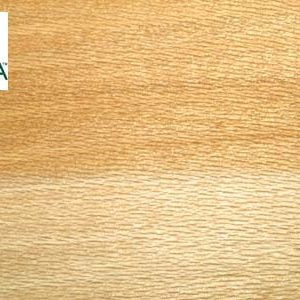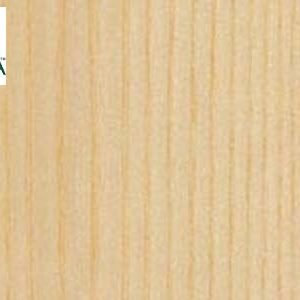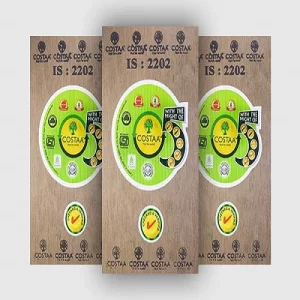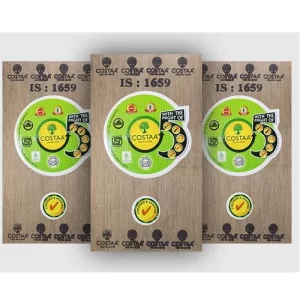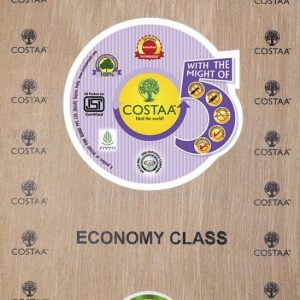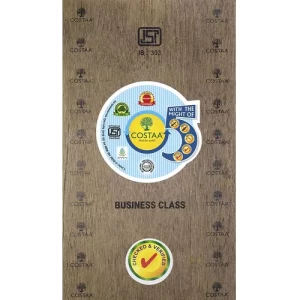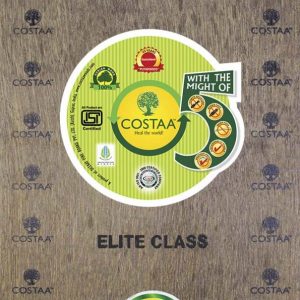-
COSTAA Stained Solid Wood Flooring
COSTAA Stained Solid Wood Floor gives a fresh and timeless look to the floor, which makes it desirable. Every wooden floor is unique. We use different stain for each wooden floor so that one you chose might differ from the samples given bellow.
-
COSTAA Engineered Solid Wood Flooring
COSTAA Engineered Solid Wood Flooring has a surface layer made of different strips of wood bonded together to form one single plank. These stris can differ in shade, rusticity (the number of knots and natural imperfections) and grain style. Different strips within the planks may have different cut, or sourced from a different part of the tree, but belong to the same species of wood giving a diverse look, yet not mismatched. The beauty of Engineered Solid Wood Flooring is that you get dramatic, multi-piece look with the ease of installing a wide plank, long board floor. There will be no warping, cracking, expansion and contraction.
-
COSTAA Core Veneers
Get into the heart of the matter, with quality as the priority!
Quality of Core Veneer decides the actual strength and durability of Plywoods. Hence, we choose it from hardwoods like Birch, Makdi Sal and Makai that are not only durable for the long haul, but suits the Indian climatic conditions the best!
-
COSTAA Face Veneers
The first choice for great first impressions!
Excellent consistency in quality and uniformity of thickness define our Face Veneers which are used by Plywood, Block Board and Flush Door manufacturers throughout the country to add that great first look to their range of products.
# MYANMAR ? GURJAN FACE VENEER
# AFRICA ? OKUME FACE VENEER
# SOLOMON ISLANDS ? PALAQUIUM(PQ) FACE VENEER
# HOLLONG FACE VENEER
# MAKAI FACE VENEER -
COSTAA Meghalaya Pine Softwood
Meghalaya pine heartwood is an even, light brown to chestnut brown colour, the sapwood is creamy white. Resin canals are present as fine brown lines in the latewood part of the growth rings, especially on radial surfaces, and these can be a handy means of identification. Texture is fine but uneven.
The contrast in colour and texture between early and latewood bands (growth rings) in flat-sawn timber is relatively moderate compared with other pines and conifer species. The veneer has a moderate-to-high lustre. Common features in most Pinus species, including Meghalaya pine, are: knots, cone stem holes and pine-needle flecks. Meghalaya pine is a versatile and readily available timber, suitable for a wide variety of end-use applications. It produces wood that is very acceptable to the construction industry. The bark is rich in tannins and suitable for use in the manufacture of adhesives; it also contains some wax, which may have possible use in water repellents. It is suitable for framing, industrial uses, posts, cladding, decking, interior finishes and trims, and everyday furniture. Meghalaya does not begin to form heartwood until it is about 15 years old and forms it at the rate of one ring every two years. Most of the wood, therefore, is easy-to-dry and easy-to-treat sapwood. This is an advantage over many Northern Hemisphere conifers, which are largely heartwood.
Durability
-
COSTAA German Sylvestris Pine and Spruce Pine Softwood
The basic properties of spruce and pine are similar in, for example, the long fibers and strength in relation to weight. Differences come up in cell structure: the cell wall in pine sapwood does not close completely, enabling fluid to move freely. This makes chemical treatments like impregnation of pine sapwood possible.
In the heartwood of spruce and pine, the cell wall closes completely and it blocks or complicates movement of fluid. Due to lesser water absorption, spruce and pine heartwood have good weathering resistance in comparison to pine sapwood.
-
COSTAA American Southern Yellow Pine Softwood
Southern Pine grows in a wide geographic belt, stretching from East Texas through Virginia. The name Southern Pine, or Southern Yellow Pine, is representative of a group of four principal tree species: longleaf, shortleaf, loblolly, and slash. Lumber from all four species is marketed as Southern Pine and graded in accordance with the grading rules of the Southern Pine Inspection Bureau (SPIB), approved by the American Lumber Standard Committee (ALSC). The natural characteristics that distinguish Southern Pine as a most versatile building material are:
-
COSTAA Nz Radiata Pine Softwood
Radiata pine heartwood is an even, light brown to chestnut brown colour, the sapwood is creamy white. Resin canals are present as fine brown lines in the latewood part of the growth rings, especially on radial surfaces, and these can be a handy means of identification. Texture is fine but uneven.
The contrast in colour and texture between early and latewood bands (growth rings) in flat-sawn timber is relatively moderate compared with other pines and conifer species. The veneer has a moderate-to-high lustre. Common features in most Pinus species, including radiata pine, are: knots, cone stem holes and pine-needle flecks. Radiata pine is a versatile and readily available timber, suitable for a wide variety of end-use applications. It produces wood that is very acceptable to the construction industry. The bark is rich in tannins and suitable for use in the manufacture of adhesives; it also contains some wax, which may have possible use in water repellents. It is suitable for framing, industrial uses, posts, cladding, decking, interior finishes and trims, and everyday furniture. Radiata does not begin to form heartwood until it is about 15 years old and forms it at the rate of one ring every two years. Most of the wood, therefore, is easy-to-dry and easy-to-treat sapwood. This is an advantage over many Northern Hemisphere conifers, which are largely heartwood.
Durability
-
COSTAA American Walnut Hardwood
The sapwood of walnut is creamy white, while the heartwood is light brown to dark chocolate brown, occasionally with a purplish cast and darker streaks. Walnut can be supplied steamed, to darken sapwood or left unsteamed. The wood is generally straight grained, but sometimes with wavy or curly grain that produces an attractive and decorative figure.
-
COSTAA American Cherry Hardwood
Cherry is known as being one of the best all-around woods for workability. It is stable, straight-grained, and machines well. The only difficulties typically arise if the wood is being stained, as it can sometimes give blotchy results?using a sanding sealer prior to staining, or using a gel-based stain is recommended. Sapwood is common, and may contribute to a high wastage factor.
-
COSTAA American Hornbeam Hardwood
Hornbeam?s sapwood is very thick, with most boards and lumber being comprised entirely of sapwood. Color is nearly white. Pale yellowish brown heartwood isn?t clearly demarcated from sapwood.
-
COSTAA African Wenge Hardwood
Heartwood is a very dark brown with black streaks. Upon application of a wood finish (particularly an oil-finish) the wood can become nearly black. Grain is straight, with a very coarse texture. Low natural luster. Diffuse-porous; large pores in no specific arrangement; solitary and radial multiples of 2-3; brown mineral deposits occasionally present; growth rings distinct; rays not visible without lens; parenchyma vasicentric to confluent, with wide bands of parenchyma typically as thick as the pores. Very durable, and resistant to termite attack.
-
COSTAA German Beech Hardwood
The color is light cream with darker heartwood, something between maple and ash. The grain is short, mostly straight, with fine, even texture. Beech wood imparts definite warmth to the environment and has the ability to make the interior look more spacious. Furniture manufacturers and cabinet makers figured out the trick for quite a while; that?s one of the reasons many pieces of furniture designed for small habitats such as apartments are so often veneered with beech wood. Dense, heavy and hard (1300 on the Janka scale) yet somewhat brittle due to its short grain.
-
COSTAA African Ebony Hardwood
Ebony is a dense black wood, most commonly yielded by several species in the genus Diospyros, but may also refer to other heavy, black (or dark colored) woods from unrelated species. Ebony is dense enough to sink in water. It is finely-textured and has a very smooth finish when polished, making it valuable as an ornamental wood. Species of ebony include Diospyros ebenum (Ceylon ebony), native to southern India and Sri Lanka; Diospyros crassiflora (Gabon ebony), native to western Africa; and Diospyros celebica (Makassar ebony), native to Indonesia and prized for its luxuriant, multi-colored wood grain.
-
COSTAA Swedish Red Oak Hardwood
Heartwood is a light to medium brown, commonly with a reddish cast. Nearly white to light brown sapwood is not always sharply demarcated from the heartwood. Quartersawn sections display prominent ray fleck patterns. Conversely, White Oak tends to be slightly more olive-colored, but is by no means a reliable method of determining the type of oak. Grain is straight, with a coarse, uneven texture. The pores are so large and open that it is said that a person can blow into one end of the wood, and air will come out the other end: provided that the grain runs straight enough.
-
COSTAA French White Oak Hardwood
Open, coarse grain with light tan color. White or creamy veins occasionally occur. Simultaneously elegant and rustic, the white oak suggests firmness and resilience. It will blend in quite nicely if other oak elements such as cabinetry or floorings exist but it will also go well along teak, chestnut or yellow pine. It makes especially a great presence within antique or heritage decorations. Hard, dense and heavy, with great wear resistance. Despite being a rather stiff wood, it shows a very good shock absorbance.
-
COSTAA Belgian Sycamore Hardwood
Similar to maple, the wood of Sycamore trees is predominantly comprised of the sapwood, with some darker heartwood streaks also found in most boards. (Though it is not uncommon to also see entire boards of heartwood too.) The sapwood is white to light tan, while the heartwood is a darker reddish brown. Sycamore also has very distinct ray flecks present on quartersawn surfaces?giving it a freckled appearance?and it is sometimes even called ?Lacewood,? though it bears little botanical relation to the tropical species of Lacewood.
-
COSTAA Danish White Ash Hardwood
The heartwood is a light brown color, though darker shades can also be seen, which is sometimes sold as Olive Ash. Has a medium to coarse texture similar to oak. The grain is almost always straight and regular, though sometimes curly or figured boards can be found. Ring-porous; large earlywood pores 2-4 rows wide, small latewood pores solitary and radial multiples of 2-3; tyloses common; growth rings distinct; rays barely visible without lens; parenchyma banded (marginal), paratracheal parenchyma around latewood pores vasicentric, aliform, and confluent.
-
COSTAA Flush Door IS 2202
COSTAA ?Flush Doors? is designed and manufactured with Gurjan Hardwood Core and Kiln Dried Chemically treated New Zealand Pine Lumbers with high quality Phenol Formaldehyde resin.
-
COSTAA Block Board BWP
A laboratory tested balanced mix of Solid Wood Strips and Wood Veneers, and manufactured with 100% Gurjan Core, chemically Treated/ Kiln Dried New Zealand Radiata Pine strips, bonded with high quality Phenol Formaldehyde resin, COSTAA Block Boards are an extremely stable product with zero warping or bending!
COSTAA ?Elite Class Block Boards? is a perfect product for balanced mix of use of both Solid Wood Strips and Wood Veneers. Manufactured with 100% Gurjan 2.5 mm Core and finest of treated kiln Dried New Zealand Radiate Pine strips bonded with high quality Phenol Formaldehyde resin. COSTAA Block Boards is a really stable product with no warping, uniform thickness and Borer / Termite attack proof.
-
COSTAA Economy Class Plywood
Strong, stable & dependable ? these are the ones you can always count on. Composed of 100% imported Hardwoods only and bonded with Aminoplast Resin, this product is not only durable but also highly affordable ? the perfect companion for the core necessities!
-
COSTAA Business Class Plywood
A quirky mix of two. Creative, popular & durable, this is the avant-garde ply that always does it differently! A true value for money product, these are a perfect mix of Gurjan and other imported Hardwoods which have been successfully tested in laboratories to produce a fine blend that works every single time!
-
COSTAA Elite Class Plywood
Make way for the authority in finesse & style, with durability that stands apart! Designed for EXTREME INTERIOR and MODERATE EXTERIOR applications, especially at places where the usage of water is moderately high, these plywoods are hot pressed with Gurjan Core ? a strong and classic wood!
Categories

